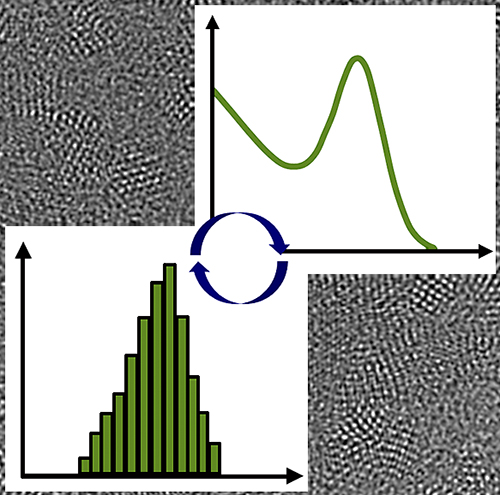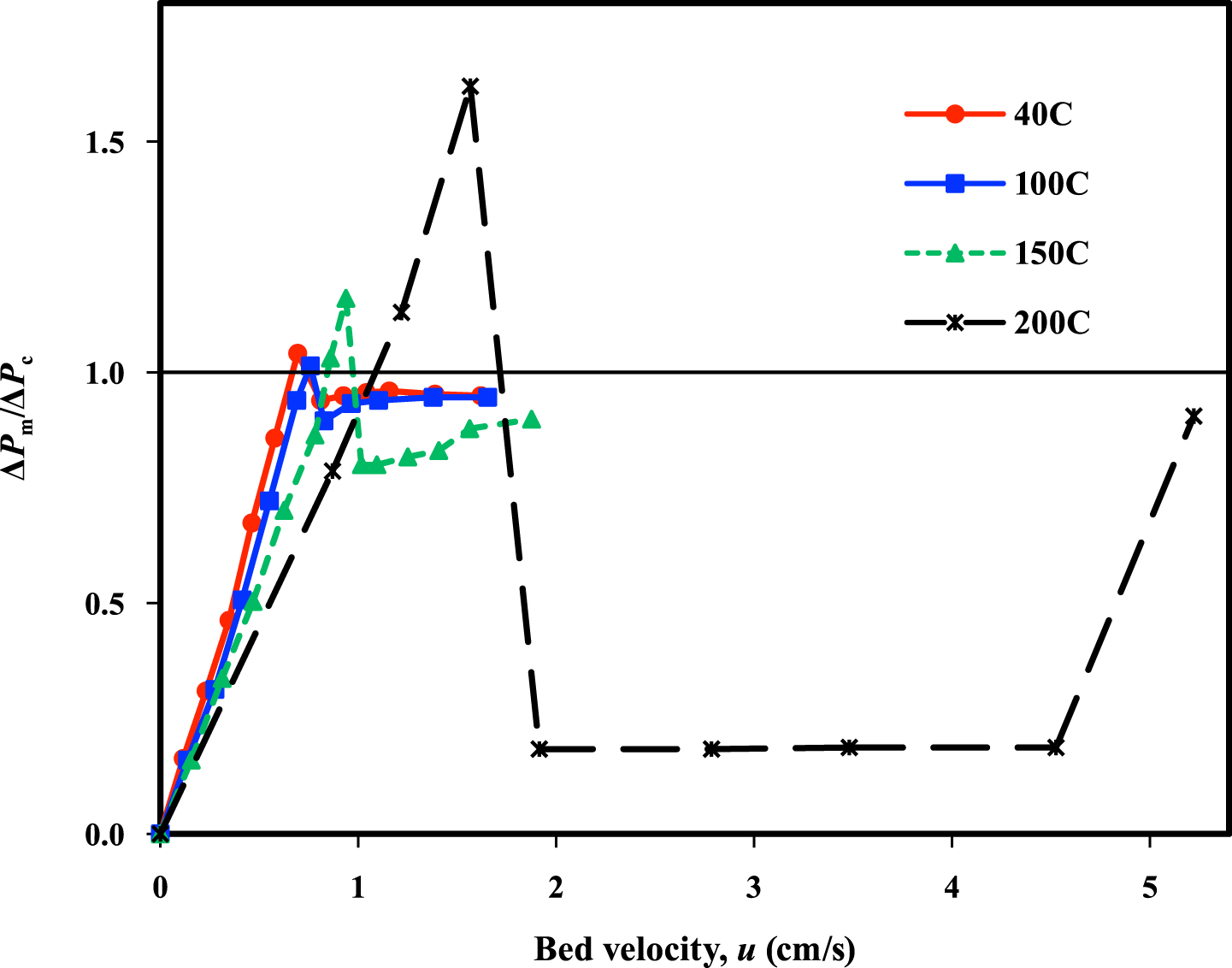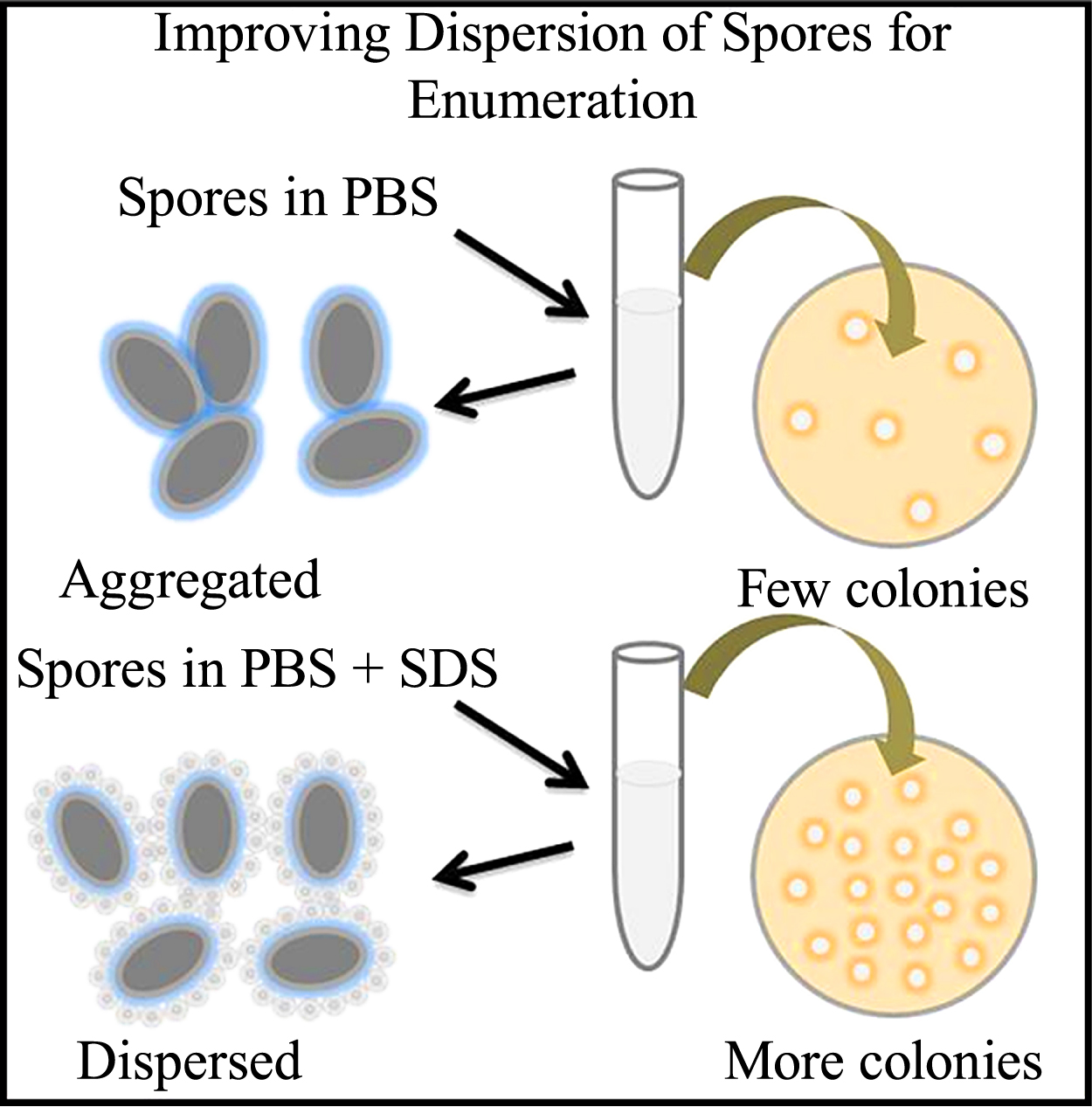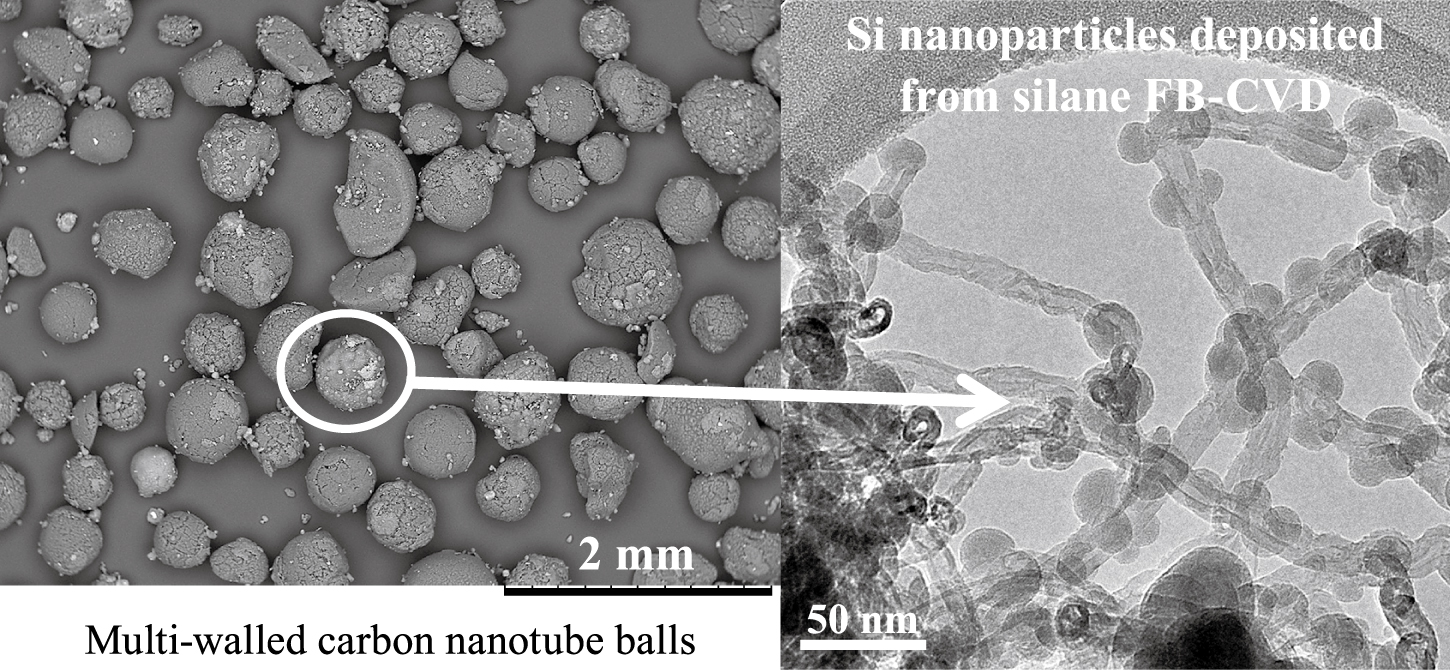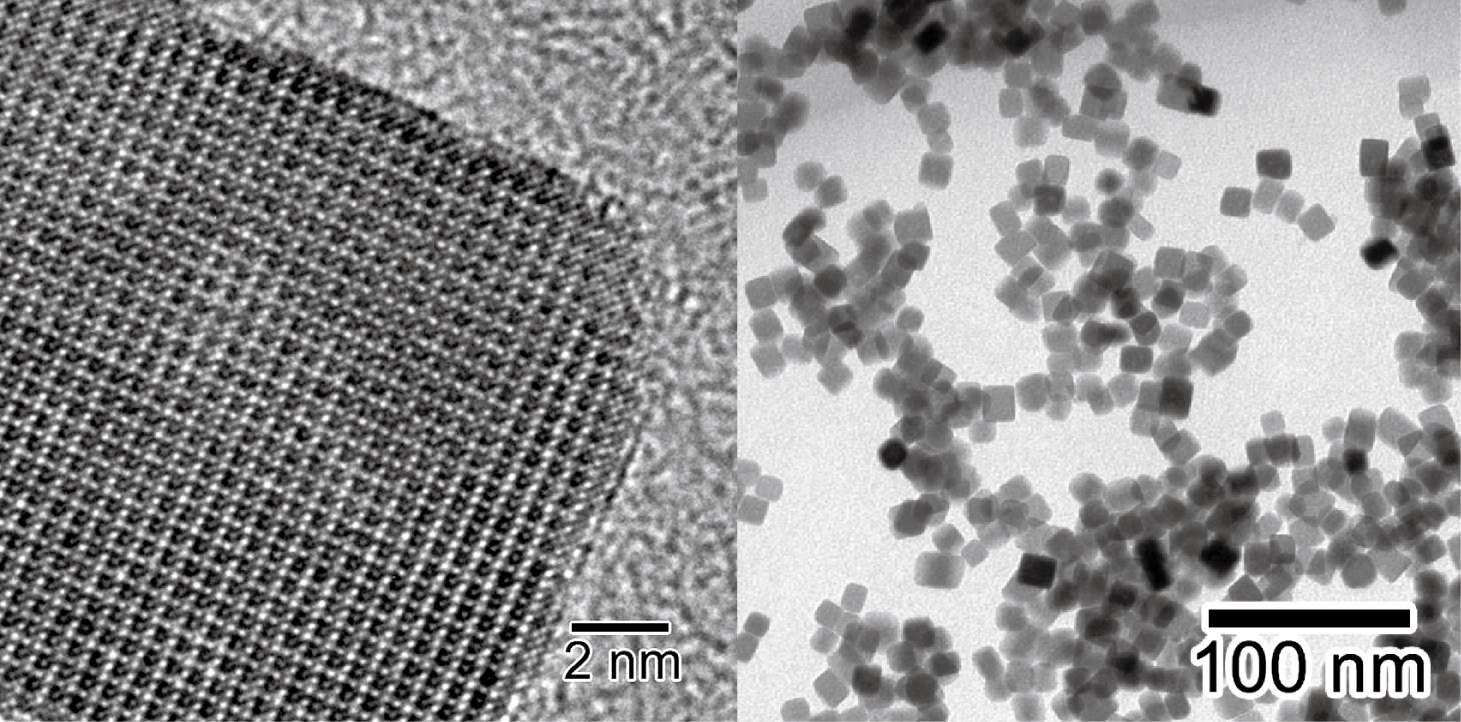Volume 33
Displaying 1-32 of 32 articles from this issue
- |<
- <
- 1
- >
- >|
Front Cover
-
2016 Volume 33 Pages Cover33_1
Published: 2016
Released on J-STAGE: February 28, 2016
Download PDF (1014K) Full view HTML -
2016 Volume 33 Pages EdBrd33_1
Published: 2016
Released on J-STAGE: February 28, 2016
Download PDF (3461K) Full view HTML
Editorial
-
2016 Volume 33 Pages EdBrd33_2
Published: 2016
Released on J-STAGE: February 28, 2016
Download PDF (2822K) Full view HTML -
2016 Volume 33 Pages 1-2
Published: 2016
Released on J-STAGE: February 28, 2016
Download PDF (2498K) Full view HTML
Review Papers
-
2016 Volume 33 Pages 3-16
Published: 2016
Released on J-STAGE: February 28, 2016
Advance online publication: July 10, 2015Download PDF (12001K) Full view HTML -
2016 Volume 33 Pages 17-32
Published: 2016
Released on J-STAGE: February 28, 2016
Advance online publication: July 25, 2015Download PDF (7895K) Full view HTML -
2016 Volume 33 Pages 33-47
Published: 2016
Released on J-STAGE: February 28, 2016
Advance online publication: August 20, 2015Download PDF (9947K) Full view HTML -
2016 Volume 33 Pages 48-62
Published: 2016
Released on J-STAGE: February 28, 2016
Advance online publication: September 10, 2015Download PDF (2488K) Full view HTML -
2016 Volume 33 Pages 63-85
Published: 2016
Released on J-STAGE: February 28, 2016
Advance online publication: September 30, 2015Download PDF (9711K) Full view HTML -
2016 Volume 33 Pages 86-108
Published: 2016
Released on J-STAGE: February 28, 2016
Advance online publication: October 10, 2015Download PDF (3107K) Full view HTML -
2016 Volume 33 Pages 109-126
Published: 2016
Released on J-STAGE: February 28, 2016
Download PDF (3658K) Full view HTML -
2016 Volume 33 Pages 127-149
Published: 2016
Released on J-STAGE: February 28, 2016
Download PDF (9140K) Full view HTML -
2016 Volume 33 Pages 150-168
Published: 2016
Released on J-STAGE: February 28, 2016
Download PDF (10362K) Full view HTML -
2016 Volume 33 Pages 169-178
Published: 2016
Released on J-STAGE: February 28, 2016
Download PDF (8172K) Full view HTML -
2016 Volume 33 Pages 179-202
Published: 2016
Released on J-STAGE: February 28, 2016
Download PDF (3696K) Full view HTML
Original Research Papers
-
2016 Volume 33 Pages 203-218
Published: 2016
Released on J-STAGE: February 28, 2016
Advance online publication: April 10, 2015Download PDF (14069K) Full view HTML -
2016 Volume 33 Pages 219-227
Published: 2016
Released on J-STAGE: February 28, 2016
Advance online publication: April 28, 2015Download PDF (5258K) Full view HTML -
2016 Volume 33 Pages 228-238
Published: 2016
Released on J-STAGE: February 28, 2016
Advance online publication: June 30, 2015Download PDF (14465K) Full view HTML -
2016 Volume 33 Pages 239-248
Published: 2016
Released on J-STAGE: February 28, 2016
Advance online publication: June 30, 2015Download PDF (4319K) Full view HTML -
2016 Volume 33 Pages 249-263
Published: 2016
Released on J-STAGE: February 28, 2016
Advance online publication: July 11, 2015Download PDF (6789K) Full view HTML -
2016 Volume 33 Pages 264-277
Published: 2016
Released on J-STAGE: February 28, 2016
Advance online publication: July 31, 2015Download PDF (5621K) Full view HTML -
2016 Volume 33 Pages 278-286
Published: 2016
Released on J-STAGE: February 28, 2016
Advance online publication: August 05, 2015Download PDF (8543K) Full view HTML -
2016 Volume 33 Pages 287-295
Published: 2016
Released on J-STAGE: February 28, 2016
Advance online publication: August 21, 2015Download PDF (6010K) Full view HTML -
2016 Volume 33 Pages 296-303
Published: 2016
Released on J-STAGE: February 28, 2016
Advance online publication: September 12, 2015Download PDF (2072K) Full view HTML -
2016 Volume 33 Pages 304-309
Published: 2016
Released on J-STAGE: February 28, 2016
Advance online publication: September 30, 2015Download PDF (4470K) Full view HTML -
2016 Volume 33 Pages 310-321
Published: 2016
Released on J-STAGE: February 28, 2016
Advance online publication: September 30, 2015Download PDF (3074K) Full view HTML -
2016 Volume 33 Pages 322-332
Published: 2016
Released on J-STAGE: February 28, 2016
Advance online publication: October 10, 2015Download PDF (11044K) Full view HTML -
2016 Volume 33 Pages 333-339
Published: 2016
Released on J-STAGE: February 28, 2016
Advance online publication: October 10, 2015Download PDF (5272K) Full view HTML -
2016 Volume 33 Pages 340-353
Published: 2016
Released on J-STAGE: February 28, 2016
Download PDF (11836K) Full view HTML
Infomation Article
-
2016 Volume 33 Pages 354-355
Published: 2016
Released on J-STAGE: February 28, 2016
Download PDF (12741K) Full view HTML -
2016 Volume 33 Pages 356
Published: 2016
Released on J-STAGE: February 28, 2016
Download PDF (5790K) Full view HTML -
2016 Volume 33 Pages 357
Published: 2016
Released on J-STAGE: February 28, 2016
Download PDF (564K) Full view HTML
- |<
- <
- 1
- >
- >|




